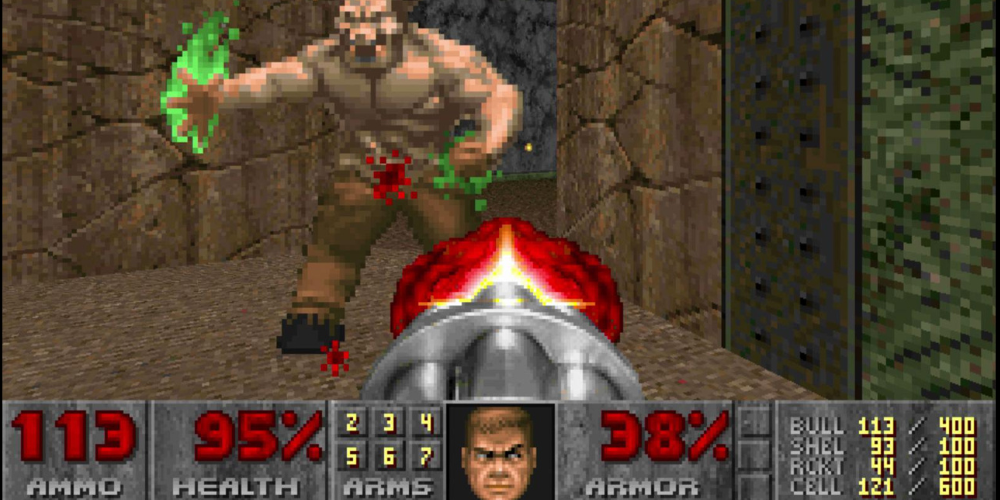The Evolution of the "Doom" Series
- May 15, 2024
- 816

The "Doom" franchise, developed by id Software, holds a prominent place in the chronicles of gaming history. Created by John Carmack and John Romero, the series first hit the market in 1993. Its combination of horror elements, fast-paced action, and revolutionary graphics set the benchmark for the first-person shooter genre. "Doom" was a groundbreaking game due to its use of 3D graphics, networked multiplayer gameplay, and support for custom-made levels.
Doom

The original game, "Doom" (1993), was a revolutionary title for the era. It featured a lone space marine battling hordes of demons from Hell in an attempt to save Earth. Doom was praised for its fast-paced action, eerie atmosphere, and groundbreaking engine which allowed for fluid movement and complex level designs. It became a cultural phenomenon and inspired countless FPS games that followed.
Doom II: Hell on Earth

Its sequel, "Doom II: Hell on Earth" (1994), expanded upon the original with larger levels, new enemies, and the iconic "Super Shotgun" weapon. The gameplay remained largely similar but featured improvements in level complexity and enemy AI. "Doom II" continued to cement the series' reputation for intense, immersive gameplay and continued the story of the lone marine's battle against demonic invaders.
Doom 3

In 2004, the franchise saw a significant shift with the release of "Doom 3". This iteration took advantage of then-modern graphical capabilities, introducing a more detailed and dark atmosphere. The attention turned towards the horror genre, featuring enhanced audio effects and a compelling story that explored the history of the demonic incursion in detail. "Doom 3" was a significant departure from the pure action of its predecessors but was well-received for its high production quality and immersive environment.
Doom (2016)

Following an extended break, the franchise was revived with the 2016 release of "Doom." This video game masterfully combined the intense combat of the classic titles with contemporary visuals and gaming dynamics. The emphasis was on speed, fluidity, and brutal combat, and it introduced a new system called "Glory Kills" to provide health and ammo rewards during melee finishers. The reimagining received high praise for encapsulating the spirit of the classic version while resonating with a fresh audience of gamers.
Doom Eternal

Following the reboot's success, "Doom Eternal" was released in 2020. The series reached unprecedented levels with more intricate stage layouts, innovative features such as the "Doom Blade" and "Meat Hook," and an enriched narrative backdrop. "Doom Eternal" focused on high-speed combat and aggressive strategies, rewarding players for staying on the offensive. Doom Eternal was praised for its challenging gameplay, rich content, and improved visuals.
The future of the "Doom" series looks bright, with fans eagerly awaiting potential announcements of new titles. Given the success of "Doom" (2016) and "Doom Eternal," it's likely that id Software will continue to evolve the franchise, perhaps introducing new gameplay elements or exploring different aspects of its expansive lore. The potential for innovative multiplayer modes or VR experiences could also be on the horizon.
In conclusion, the "Doom" franchise has continually expanded the limits of video game capabilities. From its revolutionary beginnings in the early '90s to its successful revival in the 21st century, "Doom" remains a powerhouse in the FPS genre. With every new release, id Software consistently seizes the spirit of its classic creation, simultaneously refreshing and invigorating the game for players. The series undoubtedly has a promising future ahead.